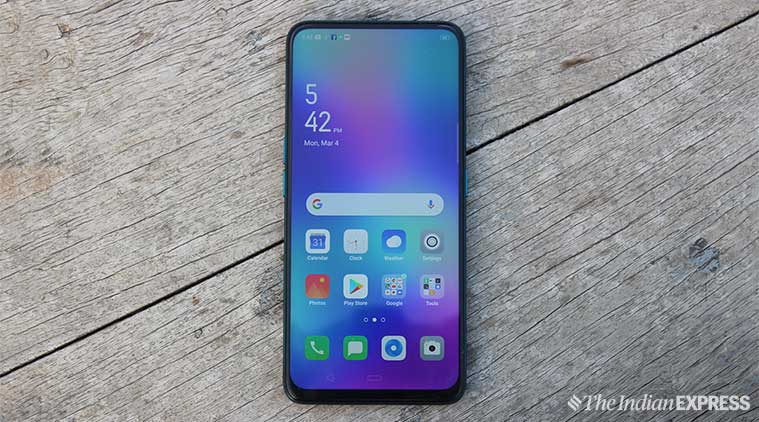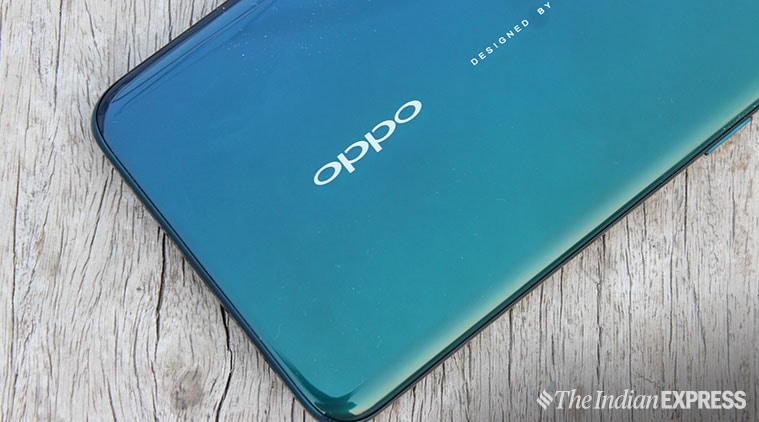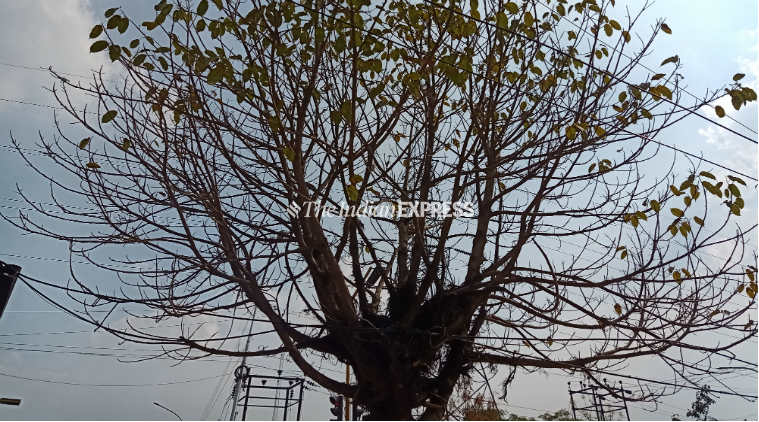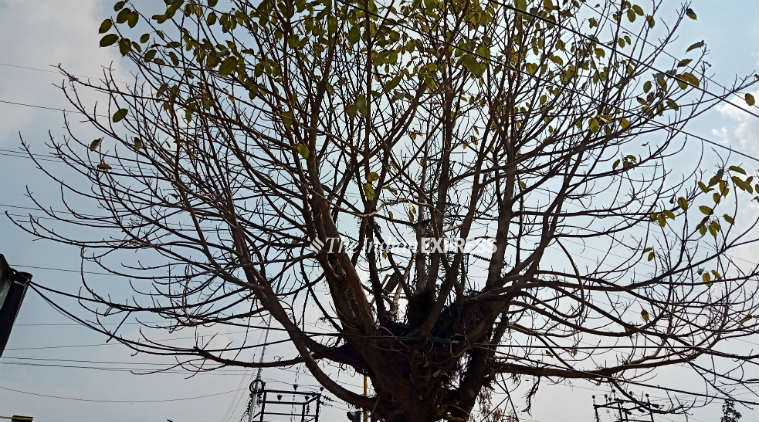
Oppo is pretty sure its latest F11 Pro is above the competition, that is because this new smartphone boasts a bezel-free, notch-less display thanks to its pop-up selfie camera. But the mid-range smartphone, priced at Rs 24,990, finds itself in a tough market with players like Xiaomi and Realme trying hard to undercut the competition with premium quality phones at lower prices, while Samsung’s renewed focus in this segment has made all major vendors vigilant.
Launched at an event in Mumbai on Tuesday, Oppo F11 Pro does offer an impressive design and specifications for the price. But does the phone live up to the hype? We got our hands on the device ahead of the launch event, and we managed to briefly test the device. Here are our first impressions of Oppo F11 Pro.
Oppo F11 Pro hands-on: Design, display
Oppo F11 Pro takes a lot of inspiration from the recently launched V15 Pro, which is not surprising. Both Oppo and Vivo are owned by the BBK Electronics Group, so it is natural to see why the two phones have similar designs.
Like the Vivo 15 Pro, Oppo F11 Pro has a pop-up, front-facing camera. Let’s admit it: it’s fascinating to see how the phone’s selfie camera pops-up in mere seconds. So, there’s essentially no need for a notch at the top of the display; and yes, you won’t find any bezels on three of the sides.

In my brief testing, I found the pop-out camera to be reliable and reasonably fast. But I am definitely concerned about what might happen if I accentually drop the smartphone. I hope the front camera will still work fine.
The F11 Pro is not the lightest smartphone you will find in the market, but with a screen this size it’s hardly surprising. Our Aurora Green colour sample looks good, and there will be a Thunder Black colour option as well. The front of the Oppo F11 Pro is dominated by a 6.5-inch FHD+ LCD display that is crisp and vibrant, but the reflective screen caused some visibility problems.
Oppo F11 Pro hands-on: Performance, battery
The F11 Pro is mid-ranger at heart, and it shows in its specifications. Armed with a MediaTek Helio P70 processor and 6GB RAM, the phone is definitely fast. While we weren’t able to test it for a long period during our hands-on, we found there to be zero lag. My review unit has 64GB of expandable storage.
The smartphone runs ColorOS 6.0, based on Android 9.0 Pie. And, like many custom skins on top of Android, ColorOS offers the user interface that is anti-Google. The interface is heavily skinned to look and feel like iOS. There’s no app drawer, for instance, so you will be forced to store all apps in folders of the home screen. I am not a big fan of ColorOS, but some do like this approach.

The phone features a 4000mAh battery with VOOC 3.0 fast charging support. While we weren’t able to estimate how long battery would last on a daily basis, but during our time, the battery barely dipped.
Oppo F11 Pro hands-on: Camera
After Redmi Note 7 Pro and Vivo V15 Pro, Oppo F11 Pro is the latest smartphone with a 48MP camera. On the back, there’s a dual-camera setup, comprising 48MP with f/1.79 aperture and 5MP with f/2.4 aperture primary and secondary shooters. Oppo is using Sony’s IMX586 sensor, the same sensor found in the Redmi Note 7 Pro. It offers 12MP output by default, but you can also take pictures in 48MP.
Given the fact that we just started using the device, it wasn’t possible to test the performance of the camera extensively. However, we found the pictures taken with the rear camera were generally likable and impressive.
Sample shots taken with Oppo F11 Pro


And, of course, the big highlight of the F11 Pro is its 16MP pop-up selfie camera. It may sound gimmicky, but it works as advertised. The camera takes a second to pop up when taking a selfie and retracts after use. One big concern of a pop-up selfie camera is durability in the long run.

Oppo F11 Pro hands-on: Early Conclusion
Oppo F11 Pro is showing a lot of promise, thanks to a 48MP camera on the back and a pop-up selfie camera. The phone is different, at least. As always, the phone’s key features will take more time testing than we can do in an initial sneak peek. I am keen to test the camera, the battery life, how MediaTek’s P70 processor performs, and of course, the battery life.